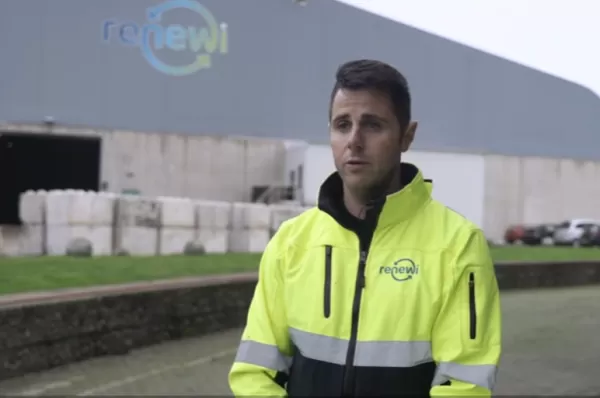Utilising CO2 to regulate pH in water treatment plants with reverse osmosis membranes, the successful choice of Alpro

The project’s success owes much to the collaboration between experts from Air Liquide and Azulatis.
In this case study, you will find:
- The context and challenges faced by the Alpro plant in treating 720,000 ㎥ of process water annually.
- A detailed presentation of the treatment plant,featuring diagrams and technical data.
- Comprehensive results and benefits of implementing CO2 for pH control preventing scaling on reverse osmosis membranes.
Why choose CO2 in wastewater treatment?

"For a long time, only aggressive acids like sulphuric acid and hydrochloric acid were utilized.However, CO2 not only proves to be more sustainable but is also often more economical for treating large volumes of water. The carbon dioxide footprint is three to four times smaller than conventional technologies.
In summary, industrial CO2 emissions by industry are recovered and reused, making the pH management process easier and safer.”
- Dylan White, Senior Project Engineer at Azulatis.
7 benefits of utilising CO2 for sustainable wastewater treatment
- Zero heavy emissions from hydrochloric or other sulphuric acids.
- Reduced operating costs compared to conventional processes.
- Easy, automatic management with real-time monitoring of CO2 injection into pH water.
- Significantly lower carbon footprint compared to conventional processes using sulphuric acid.
- Contribution to increasing ocean alkalinity, benefiting ocean life and biodiversity benefit.
- CO2 is as effective as strong chemical acids in acidifying wastewater pH.
- Safe and easy maintenance,simpler and safer than maintaining equipment involving acids and pumps.



